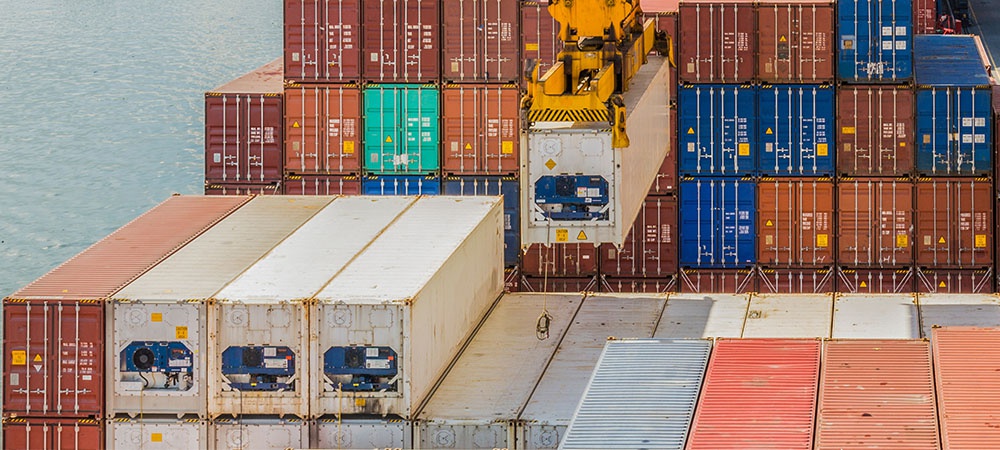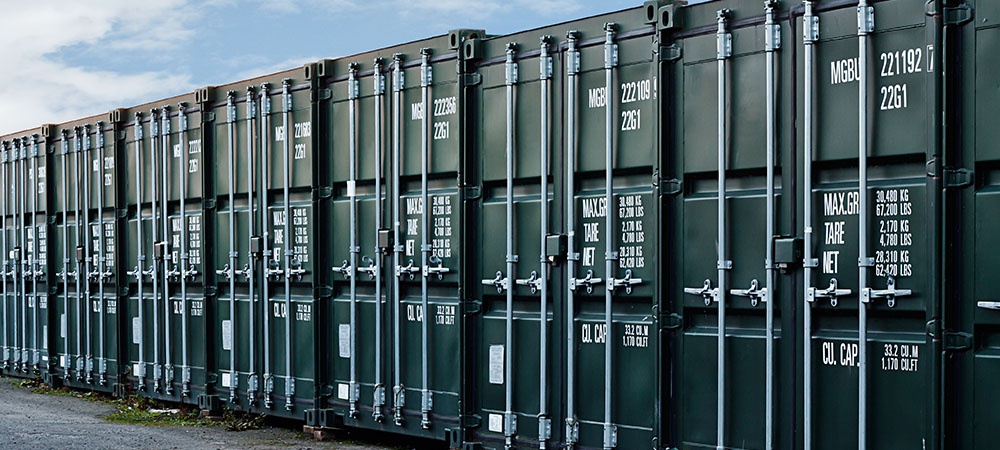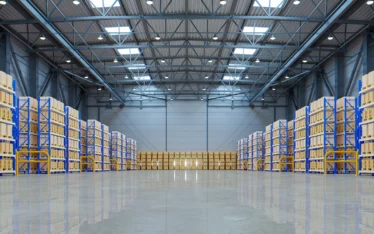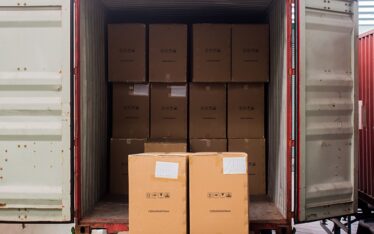The term shipping container tells everything clearly that it’s a standard-size box built to ship cargo via sea. Most shipping boxes are made of high-quality Corten steel, which makes them highly durable. This box is suitable for long sea trips because the steel doesn’t corrode fast.
Moreover, its corrugated structure enhances structural integrity. These boxes can comfortably accommodate heavy equipment, objects, and machinery. Thus, they are suitable for shipping bulky goods abroad. A cargo container is another name for this shipping box.
Along the way, you will come across other terms like Conex boxes. An average consumer might find distinguishing between a Conex and a “standard” shipping container difficult. Understanding these terms and their implications is critical to making an informed choice whenever you need a container.
So, how do we practically distinguish a Conex container from a standard shipping one? Are the differences between practical or theoretical hair-splitting attempts? This post seeks to clarify this matter. Keep reading to understand if the differences are actual or mere industry synonyms.
What Are Conex Containers?
Let’s start by looking at what a Conex, an intermodal container or “sea can” is. Later, we will delve into its short history back in the 1950s. The term “Conex” combines two words—container and express. Examining its essence before delving into its technical specifications is better.
Essentially, a Conex box is a shipping container the US military developed during the Korean War in the 1950s. Then, the containers the army used to ship supplies to Korea suffered heavily from transit damage and pilferage.
The US Army solved this problem by creating a container called the “transporter.” This shipping solution was built from corrugated steel that was more durable and securer than the traditional aluminum boxes. Today, Conex refers to larger ISO-standard shipping containers.
This container comes in the usual standard lengths of 20ft and 40ft, like other shipping and storage containers. Conex is watertight and has rubber seals around the doors to lock out water and other elements.
Its watertight nature doesn’t mean it’s waterproof. A waterproof Conex container is water-resistant but may let in water if it’s damaged or used often. Most modern Conex boxes are watertight and waterproof. Below is a digest of the historical events that led to this container’s development and popularity.
- The US military needed to develop the shipping container in 1952 after seeing the efficiencies of putting cargo in containers and not loosely on ships.
- The “transporter” had massive success in the Korean War, prompting the American Army Transportation Corps to enhance and call it the “Container Express,” hence the name Conex.
- The commercial shipping industry noticed this military invention in the mid-1960s and saw the need for standardizing container sizes and build specifications.
- Later, the International Shipping Organization (ISO) was created to set universal guidelines for governing shipping container manufacturing guidelines, sizes, and capacity requirements worldwide.
- ISO coined the word CONEX from the phrase “Container for export.” Today, the term “Conex” in shipping refers to how cargo is shipped overseas.
- CONEX containers are some of the most iconic developments in shipping and logistics history and have revolutionized the shipping sector.

What are Conex Boxes Used for?
This box’s structure allows stacking on other boxes and shipping via freight liners. Below is a summary of a Conex box’s uses.
- Transporting goods and products overseas.
- Warehouse storage for perishable and non-perishable items.
- Storing equipment and tools in homes and other sites.
- Offering storage solutions for various workplaces.
- Container relocation and house renovation.
- Storing agricultural equipment and other implements.
- Bulk document storage in offices.
- Residential housing and office space alternatives.
As you can see from above, these boxes’ use has spiralled out of its original intention. Its uses have spilled into storage and housing.
Conex Vs. Standard Shipping Containers: What Are Their Real Differences?
So far, we have established that all these fancy words flying around essentially refer to the same thing. In fact, the “standard” shipping container came from the original Conex box. The difference is that its actual use spilled over from its inventor—the military—and gained civilian use in the freight sector. Later, Conex became the standard against which ISO standardized the other shipping containers.
Now, let’s examine the “differences” between these two shipping containers based on the following measures.
a. Dimensions and conditions
Conex and standard shipping containers have 10ft, 20ft, 40ft, and 53ft sizes. These boxes come in different conditions a user might choose to meet their specific needs. A 40ft Conex box and the exact size standard shipping container weigh 8,500 pounds.
The two containers also come in “high cube” forms, most of which are 40ft long and 9ft 6 in high, making them taller by one foot.
b. Usage
Regarding usage, the difference between them doesn’t exist. You can use Conex and standard shipping containers for any of the following purposes.
- Construction storage.
- Personal storage.
- Commercial construction projects.
- Residential units, such as custom homes or cabins.
- Commercial use, such as small business offices.
c. Cost
The cost of buying any of these two containers is the same. You will need to consider different factors before arriving at an agreeable price tag. Below are some of the factors determining these containers’ prices.
- Individual Conex box manufacturers price their containers based on size.
- A container’s age also influences prices based on how much it’s been used.
- Modification options like windows, doors, climate control, and other features are added based on need and priced appropriately.

Closing Remarks
The terms Conex and standard shipping containers can elicit protracted arguments in an average user’s mind. Therefore, we discussed these elusive differences from a functional and historical angle to give you a clear understanding to make an informed decision. We hope you will use these insights to choose the best box that meets your needs.
Do you still have any questions about these boxes or any of our shipping solutions? Don’t hesitate to contact us today for a free estimate and consultation.




